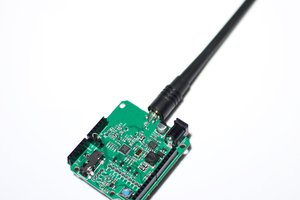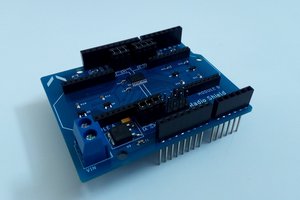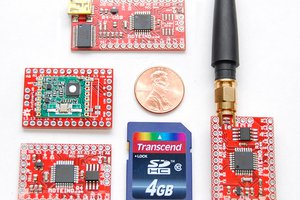Introduction
With the emergence of low-power IoT devices with cellular connectivity and the phase-out of 2G (with only T-mobile supporting 2G/GSM until 2020), everything is moving toward LTE and this has left many people scrambling to find better solutions. However, this has also left many hobbyists facepalming with legacy 2G technology like the SIM800-series modules from SIMCOM. Although these 2G and 3G modules are a great starting point, it's time to move forward and SIMCOM recently announced their new SIM7000A LTE CAT-M module at a developer's conference. How exciting! :)
The amazing part of all of this is that SIMCOM made it extremely easy to migrate from their 2G and 3G modules to this new module! The SIM7000-series use many of the same AT commands which minimizes the software development by miles! Also, Adafruit already has a wonderful FONA library on Github that can be used to introduce this new SIM7000 into the party!
What is LTE CAT-M?
LTE CAT-M1 is considered the second-generation LTE technology and is lower-power and more suitable for IoT devices. NarrowBand IoT (NB-IoT) or "CAT-M2" technology is a Low-Power Wide Area Network (LPWAN) technology specifically designed for low-power IoT devices. It is a relatively new technology that is, unfortunately, not yet available in the US, although T-Mobile has announced that they plan on delivering nation-wide (USA) NB-IoT coverage in 2018.
For IoT devices using radio technology (RF) there are several things to keep in mind:
- Power consumption
- Bandwidth
- Range
- Packet size (send lots of data)
- Cost
Each of these have tradeoffs (and I won't really explain them all); for example, large bandwidth allows devices to send lots of data (like your phone, which can stream YouTube!) but this also means it's very power-hungry. Increasing the range (the "area" of the network) also increase power consumption. In the case of NB-IoT, cutting down the bandwidth means that you won't be able to send much data, but for IoT devices shooting morsels of data to the cloud this is perfect! Hence, "narrow"-band technology, ideal for low-power devices with little amounts of data but still with long range (wide area)!
The SIM7000 Shield
The LTE shield that I've designed uses the SIM7000-series to enable users to have extremely low-power LTE CAT-M technology and GNSS at the tip of their fingers! The shield also sports a MCP9808 I2C temperature sensor, great for at least measuring something and sending it via LTE! Currently I am using the SIM7000A (the CAT-M1 module) because in the US we poor souls don't have NB-IoT yet, unlike our European counterparts. However, for those in other places of the world with NB-IoT it's as easy as swapping out the SIM7000A with other versions like the SIM7000E, SIM7000C, and SIM7000E-N modules.
Since I'm a huge fan of open-source (as you can see from my Reflowduino project) I've made this project completely open-source as well, with special thanks to Adafruit for their FONA library! (And if they'd allow it, I'd call this the "FONA LTE" but I'm not making that official due to copyright purposes lol).
Goals for this Project
I'd love to have this open-source design fully-integrated to the hobbyist market for Arduino users all around the world! I believe this is where the future is for cellular communication and getting this into the hands of users all around the globe will help to catalyze interest in this new technology. Follow me on this journey as I attempt to document the latest and greatest cellular modems!
Meanwhile I've put some starter units available for sale here on my website!
 Timothy Woo
Timothy Woo





 Casey Halverson
Casey Halverson
 Jan Gromeš
Jan Gromeš
I'm also making the same project on HR consultant award winning company. You can see the official website https://peakperformancehr.ca/